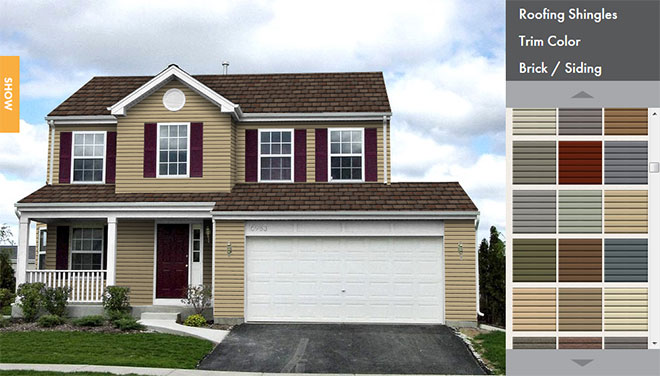Minnesota Commercial Roofing Company Minneapolis MN
Severe Winter Weather Has Taken It’s Toll On Minnesota Roofs
Several roof collapses have cropped up during the past month in the Midwest. Perhaps the most high-profile roof collapse recently was the Metrodome in Minneapolis, home of the NFL’s Minnesota Vikings. Following a series of snowstorms, the Metrodome’s roof collapsed in December.

Workers remove snow from the field at the Metrodome, home of the NFL’s Minnesota Vikings, where heavy snow caused the roof to collapse last year. PHOTO: AP
It’s often not just one weather event that causes a roof system to fail, property insurers say. Repeated snow, rain and ice storms can overload a roof’s weight limits.
For example, 1 foot of dry snow adds about 3 pounds per square foot of weight to a roof, 1 foot of mixed snow and ice adds about 12 pounds per square foot, and 1 foot of wet snow adds about 21 pounds per square foot.
Partial or complete roof collapses can occur for several reasons, including frozen roof drains and/or downspouts, which prevent water from draining.
It’s been one storm after another in some parts of the U.S. and to help avoid a roof collapse, you have to get control of your roof drains. Downspouts can be frozen solid and that will lead to pooling of water on the roof when snow melts or it rains.
Risk managers and building managers also need to take into account that—aside from snow and ice—the roof already is bearing a load if it is supporting heating and air conditioning units, sprinkler systems and excess supply storage units. While no building is immune to a roof collapse, insurance experts say there are some things that can be done to help avoid a collapse
A building built prior to the late 1970s may be more prone to collapse due to snow drifts. Particularly where there are roof elevation differences or unusual shapes. Since then, building codes began to require that roof shapes be designed for snow drifts. Even so, commercial buildings often have flat roofs.
A common problem is new construction or changes to existing structures being made adjacent to an existing building with a lower roof. The building with the higher roof can cause drifting on the lower roof or where the two buildings meet.
This can cause a problem because the building with the lower roof would not have been designed for the drifting snow load since the new building did not exist when the low-roof building was originally designed and constructed.
It is critical to know the load design of the roof to prevent a collapse. A diagram of the roof and the components on it, such as heating and air conditioning systems and skylights, is important so workers are aware of the hazards when they attempt to remove snow.
You want to have a plan in place before the storm hits. You’ll want to be monitoring the level of the snow on the roof and when it reaches a certain depth, you’ll need to have a commercial roofing contractor that is knowledgeable about flat roofs go up and remove the snow…as safely as possible. Metal shovels and snow blowers can puncture the roof and cause leaks. You don’t need to clean it to the bare surface. Just make sure you clear enough to free up access to drains and downspouts.
If you have questions about your building’s condition, consult a reputable Minnesota commercial flat roofing contractor.


 Click Here
Click Here Click Here To Use
Click Here To Use